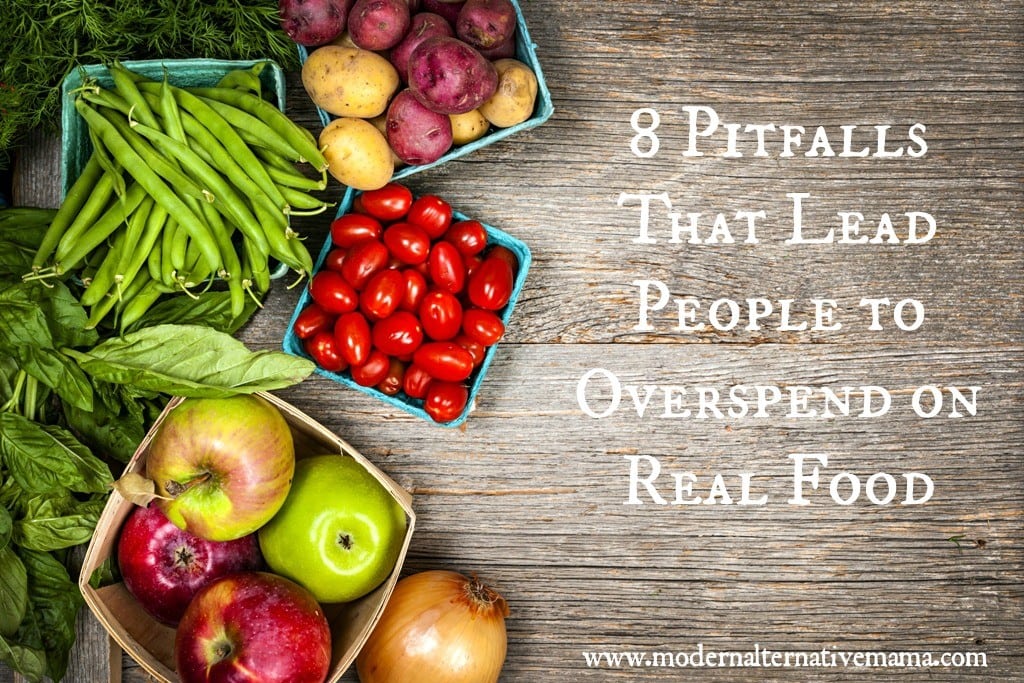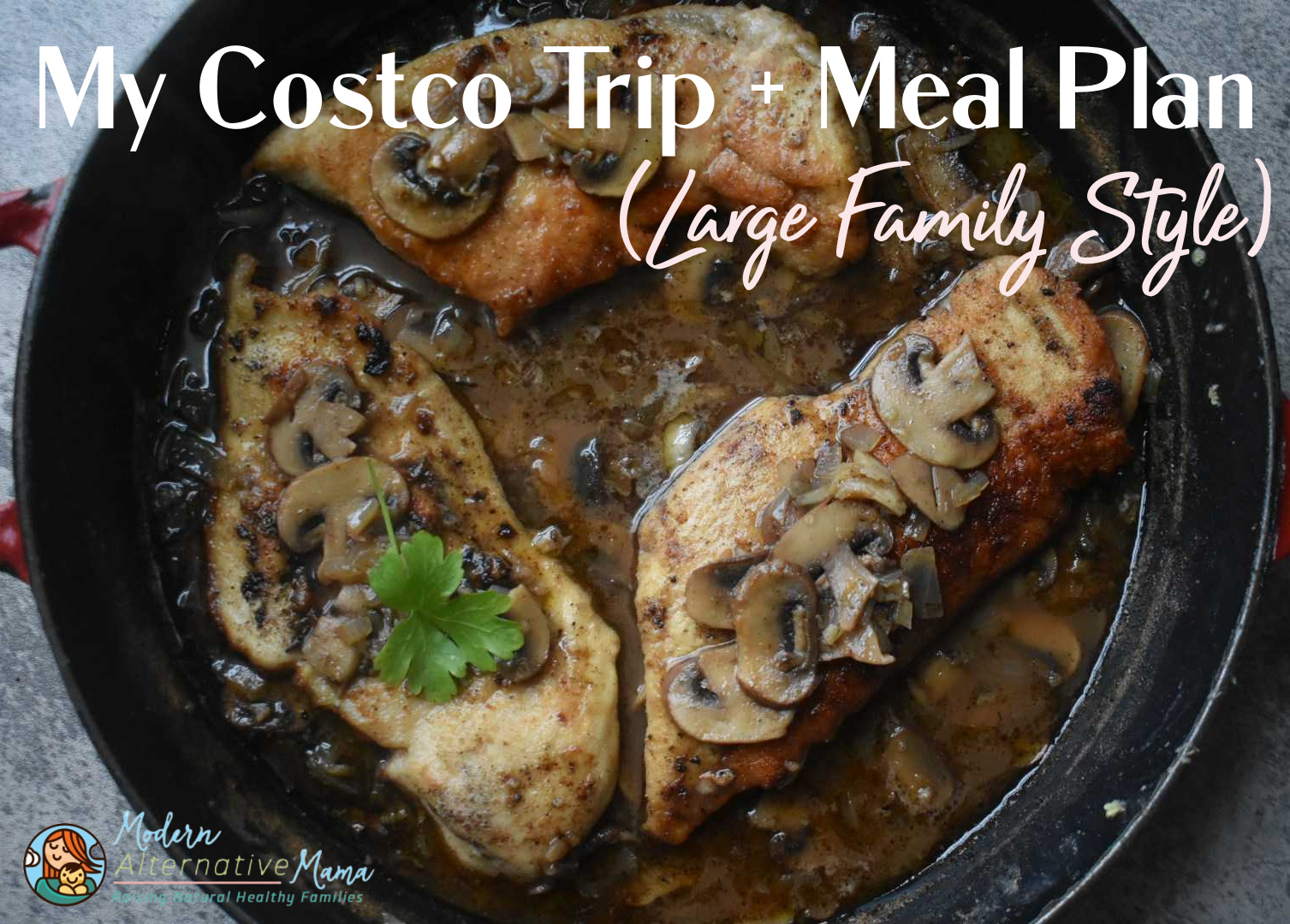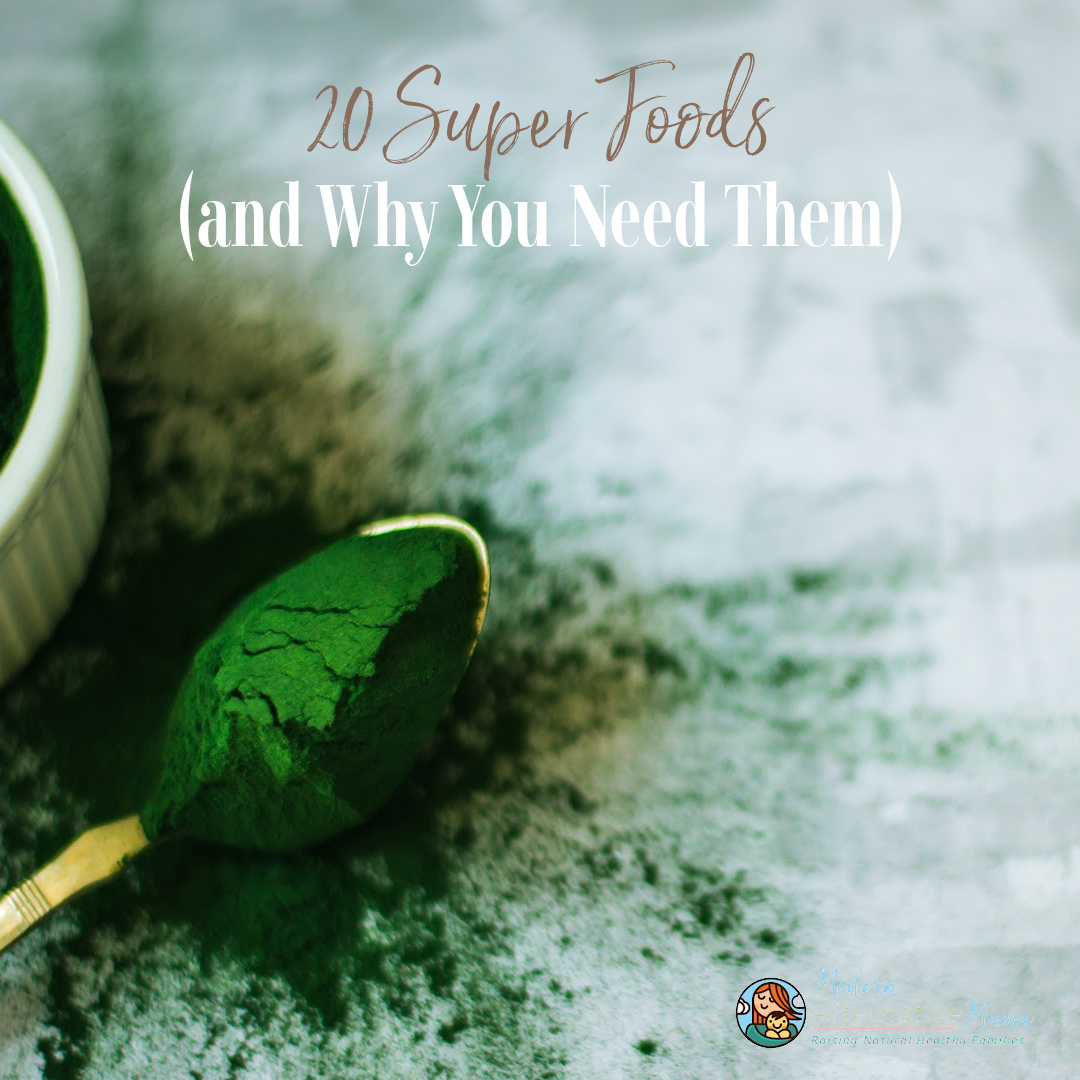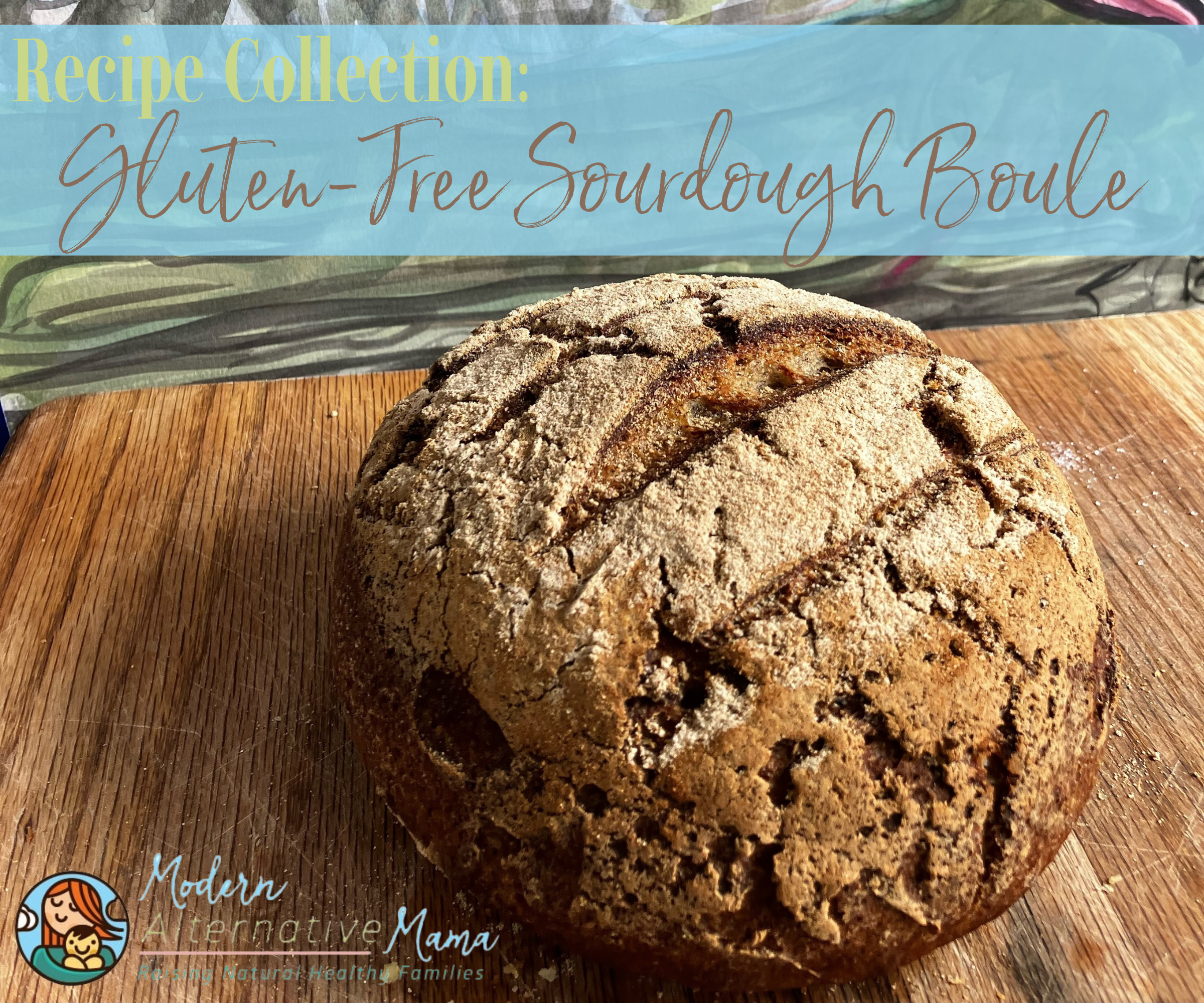A couple months ago, I started talking about my struggles to lower the grocery budget. Even though we weren’t eating out, we weren’t shopping at high-end stores, we weren’t doing any of the big “no-nos,” our food budget was still out of control.
Many people think that real food is simply expensive. Even when they’re trying to keep costs down, they see their budgets blow up — like mine did. They get the idea that there’s nothing they can do but pay it, or cut corners.
This honestly isn’t the case, though, as I’ve learned. If I can get my food spending from around $1000 a month (for 6 people) to around $600 a month, then yes, you can too. That’s why I’m sharing 8 major pitfalls that lead people to overspend on real food.
8 Reasons People Overspend on Real Food
Nobody wants to overspend on groceries. Nobody just lets this get out of control. We’re starting from a place where you are already trying to keep costs down. Where you’re checking sales. Shopping the discount stores. Trying not to buy super-expensive ingredients. And still, you’re probably making one or more of these mistakes.
1. Assuming Bulk Products are Cheaper
It’s something we’ve been told forever — buy in bulk! It will save you money! But will it?
Sometimes, no, it won’t. Occasionally, bulk products are more expensive than their smaller counterparts. I try to always check the price per item, or price per lb. or ounce on different package sizes to make sure I’m getting the best deal. Sometimes two smaller packages are actually cheaper than one larger package.
And — this is really important — there are a number of online places to purchase food now in bulk. Many people I know swear by these. When I have checked them out, I have not been impressed by their prices. Depending on the options in your area, these online stores may not be your cheapest option. I know I have friends who order from some of these places, who live in the same area I do, and I’m finding sometimes (much) lower prices from local or semi-local shops. Don’t get sucked into thinking these places are always a bargain, because sometimes they’re not.
Know your unit prices. Keep an actual list if you need to, and always check it before purchasing from a new, “cheaper” source.
2. Assuming DIY is Cheaper
Awhile back, I knew I needed to buy more “snacks” for when we go to homeschool group. I thought about the box of organic applesauce cups that I’ve been buying, and I thought, “Making my own and putting it in reusable pouches has to be cheaper than that.”
Then I did the math.
Organic apples are around $1.50 – $2 per lb. right now because they aren’t in season. It takes 3 lbs. of apples to make 1 quart of applesauce. That box of applesauce cups is about $12 for 36 4-oz. cups. To equal that price, apples would need to cost $0.80/lb. or less. Wow! I would have spent twice as much doing it myself, and have spent quite a lot of extra time!
Now, in the fall, when apples are in season, and I can get seconds for $0.30/lb., it will be worth it to make my own. But I’m glad I did the math. DIY is not always cheaper!
3. Never Shopping the Health Food Stores
We joke — “Whole Paycheck.” It’s why many avoid health food store outright and choose to only shop at farms or discount stores. But the thing is, sometimes those stores can have really good deals.
Earth Fare, near me, has grass-fed beef go on sale for $4/lb. or less every now and then (it’s normally $8/lb). They also mix all the leftover ground meat at the end of each day and pack it into 1-lb. packages and freeze it, and these cost only $3/lb. (instead of the $6 – $10/lb. they cost fresh). Sometimes they have really good sales on produce and other items, too.
Don’t dismiss health food stores. Shop them carefully and look for sales, but they can be an excellent source of frugal items.
4. Always Shopping the Health Food Stores
On the other hand, some people feel like health food stores are the only places to get quality items. That’s not so. They’re great for certain things, but others? Skip ’em.
These days, Costco and Aldi and even bent’n’dent type grocery places offer a lot of organic items. Don’t rule those out, either. I usually check the bent’n’dent places a few times a year (not too often because most of what I buy is fresh meat, eggs, cheese, and produce and those stores tend to carry mostly packaged foods). You can find quality crackers, tea, chips, canned tomatoes, peanut butter, etc. at these places, though, so they’re worth a look.
Every source deserves a once-over every year or two. I wasn’t at all impressed by Aldi a few years ago, but they’ve made a lot of changes since. Regularly check new stores and never cross something off because it “seems” like it won’t have good options.
5. Not Checking Prices at Farmer’s Markets Carefully
I love farmer’s markets. In fact, the season has just started and I can’t wait to go. I love walking through the fresh air, meeting the farmers, seeing all the just-picked foods and taking them home with me….
But a lot of food sold at farmer’s markets is sold in different quantities than you might find in a regular grocery store. It might be per quart, or per peck, or per bag. And, it seems so awesome that sometimes you don’t check carefully what the prices really are.
In my area, many items are not a good deal at all. I go anyway to purchase meat and raw honey (because I’m picky about quality) but I usually talk to farmers or check out their websites in advance so I know that I’m getting the best deal for the quality. And sometimes I choose to bring $10 to buy whatever catches my eye, knowing it might not be the best deal — and that’s okay.
For reference, a quart is about 1.5 lbs., a peck is about 5 lbs., and a bag can be 5 – 10 lbs. depending on size and item. Technically these are measured in volume and not weight, but this is approximately what it usually works out to.
Most often, you’ll get better deals by contacting farmers directly and buying in bulk. Tomatoes at the market might be $3/lb. for “firsts” and $1.50/lb. for “seconds,” but I can get big boxes of canning tomatoes for $0.50/lb. when I call a farmer directly. Always ask.
6. Not Working Out Price-Per-Serving on Meals
If you’re trying to keep costs down, chances are you want to serve frugal meals. I’ve found that a lot of meals that seem like they would be cheap, actually are not — and it changes by season and what’s on sale.
Smoothies are not really that cheap if you’re buying expensive organic berries and greens to go in them, or quarts of yogurt that cost $5 each. Muffins may not be cheap if they require a lot of butter, milk, and other more expensive ingredients. Try adding up the price of the ingredients in recipes you use frequently; you might be surprised.
Or, recipes may not be cheap if people eat a lot of them. If you expect each person to eat 2 muffins, and they want 5, then that throws off the cost estimate quite a bit. Something that might be pretty frugal in small amounts may not be in large amounts! Be realistic in what you expect people to eat, especially if they favor that food!
7. Not Using What’s in the Pantry or Fridge First
When it’s time to go grocery shopping, I get excited about all the new, fresh food that I’ll get to buy — and the yummy meals I’ll make with it all. But sometimes, that means that I’m not considering the half a bunch of kale left in the fridge (that’s really starting to look sad), or the jars of dry beans in my pantry. Rather than basing meals on the new foods at the store — no matter how frugal — including what you have left in the pantry, fridge, or freezer will help keep costs down.
We try to keep large amounts of beans, whole grains, spices, and coconut flour around. If we’re stretched some week, we’ll make meals that focus heavily on those items. It’s not my preference, but we eat, and we eat healthfully. Stretch a 1/2 lb. of sausage with rice and beans and any leftover veggies to make a hearty, frugal pot of soup — use a bunch of spices that you have on hand to make it extra yummy.
I make a habit of cleaning out my fridge as I go, and at least before I go grocery shopping so that I can throw out anything that’s unusable, and take note of what I have that needs to be used. I regularly clean out, organize, and take stock of my pantry, as well (at least a couple times a month). This way, I always know what I have and I can plan to use it instead of buying more.
8. Being Fooled by the Sales Ads
Many times I’ve seen something on sale and thought, “Oh! I need to buy some of that!” The word “sale” and seeing something marked down can do a number on your brain. But sometimes, that item isn’t actually cheaper.
What is the best price you get at another store? Sometimes, their regular price is less than this store’s sale price. Or, sometimes you’re comparing apples to oranges (organic to non-organic, for example). Saving $0.20 a lb. on apples isn’t really a deal if the cheaper ones aren’t organic and the other ones are.
Or, it may even happen that the same product is on sale in multiple places, and you’ll get a better deal somewhere else. It’s why I check all the sales flyers before going shopping. Now, your time is valuable too, as is gas money, so don’t go to 8 stores just to get all the best prices. But choose the 2 – 3 stores that have the most items at great prices. This may change from week to week.
Some people actually keep a running list of their most-purchased food items and their best prices (and where they find them). That way, when a sale pops up, you can easily reference the list to see if the sale price is really a good deal.








I love this!
We are from a very rural area and really love our farmer’s market and farms.
Great article ❤
Love it,great article! ❤